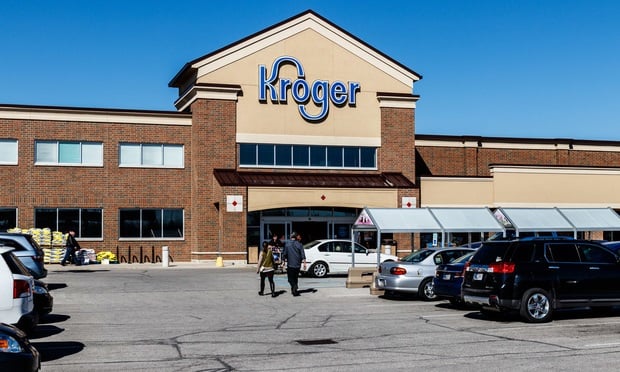Keynote speaker Dan Conway, of the consulting firm THK Associates, says we should start to see a recovery in the second quarter. A number of factors will lead to a quick recovery in Denver, he says: quality of life; tourism; a strong, diverse economy; public and private leadership; the housing market, public improvement projects; energy exploration; and a high-tech industry that gets its second wind.
Conway expects the population will grow by 45,00 people this year the southeast suburban market to dominate. By next year, the economy will really be ''humming,'' he says.
Candis Hewitt, a broker with Cushman & Wakefield, expects a 13% overall office vacancy rate this year, with the central business district remaining the healthiest submarket.
''For the office market to recover, 2002 doesn't need any more new construction projects,'' she says. ''I don't expect the office market to fully recover until 2003.''
She also predicts an increase in pricing pressure for all market sectors and a new technology revolution and restructuring that will bring new companies into Denver.
Frank Farrell, an apartment broker with Hendricks & Partners, is a bit gloomier when it comes to the multifamily market.
The apartment market began to see higher vacancy rates beginning in 1999 because of new construction and condominium conversions, Farrell says. He predicts that Denver will see a negative growth rate for the first time in more than a decade. He also projects an 8% apartment vacancy rate in the first quarter, sale prices going down while capital rates rise, as well as negative absorption.
''But low interest rates, should help sustain a healthy market,'' he says.
R.C. Myles, an industrial broker with Fuller and Co., paints a more positive picture for his sector.
Myles predicts a quick recovery for the industrial market. He says that a 5% to 10% vacancy rate is healthy, and the current vacancy rate at 7.6% is well within that parameter. The central, southwest and west submarkets currently have the lowest vacancy rates, he says.
Myles predicts activity will pick up by September. He also expects that vacancy rates will fall to 6%, lease rates and lease and sales rates will stabilize, despite the addition of a million sf of spec industrial space that will come to the market.
Pat McHenry, a broker with Trammell Crow co., says the retail market has been a bright spot.
''Unlike the other market sectors, the retail industry had a decent year,'' McHenry says.
Still, the closures of HomeBase, Hug M. Woods, HomePlace, Home Life, Montgomery Wards and Long's Drugs could hinder the market this year, McHenry says. But Kohl's, Super Target, King Soopers, Super Wal-Mart, Home Depot and Safeway will all help drive the market. These stores accounted for 2 million sf of activity in the past two years and, with the exception of Kohl's, they all plan to open other stores in 2002.
McHenry also notes that new additions to the market, including Quebec Square at Stapleton, Thorncreek Crossing and the Mills Project, will help the retail market in 2002.
Want to continue reading?
Become a Free ALM Digital Reader.
Once you are an ALM Digital Member, you’ll receive:
- Breaking commercial real estate news and analysis, on-site and via our newsletters and custom alerts
- Educational webcasts, white papers, and ebooks from industry thought leaders
- Critical coverage of the property casualty insurance and financial advisory markets on our other ALM sites, PropertyCasualty360 and ThinkAdvisor
Already have an account? Sign In Now
*May exclude premium content© 2024 ALM Global, LLC, All Rights Reserved. Request academic re-use from www.copyright.com. All other uses, submit a request to [email protected]. For more information visit Asset & Logo Licensing.








